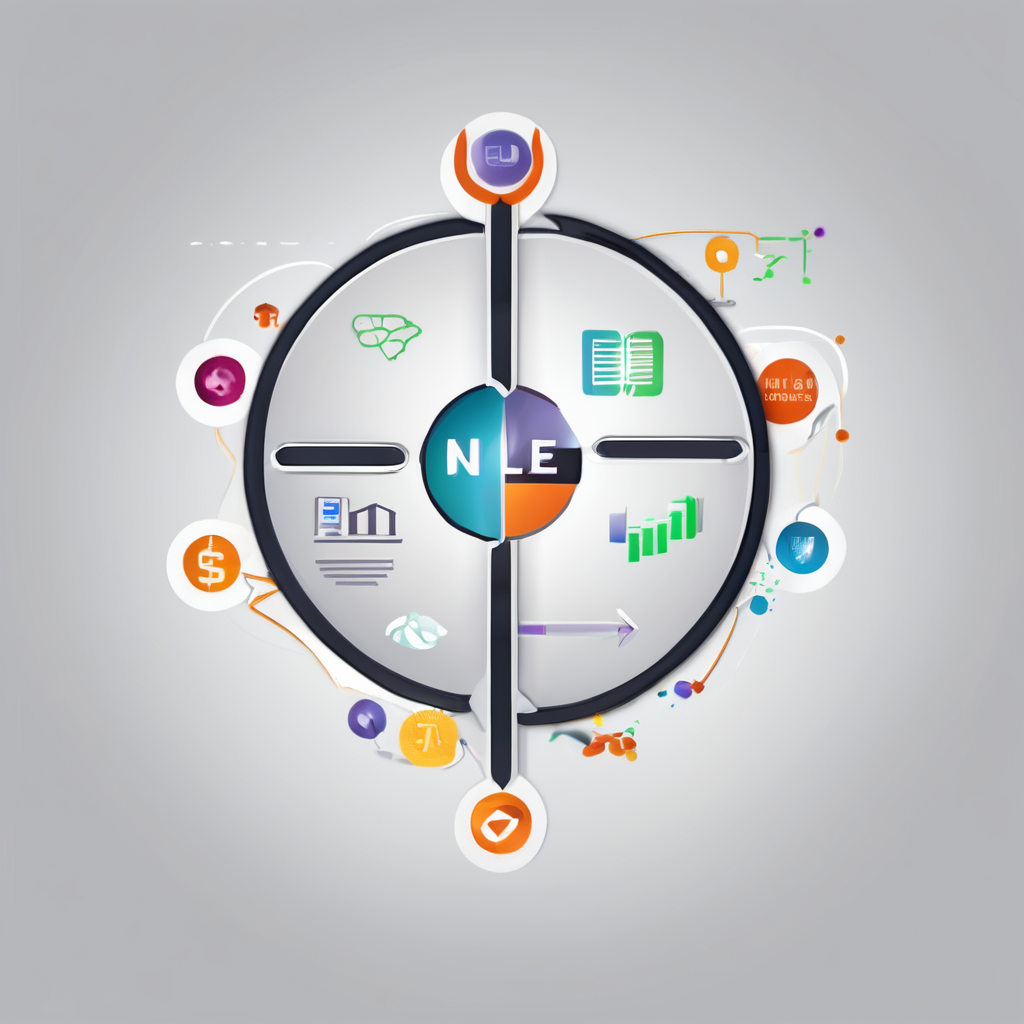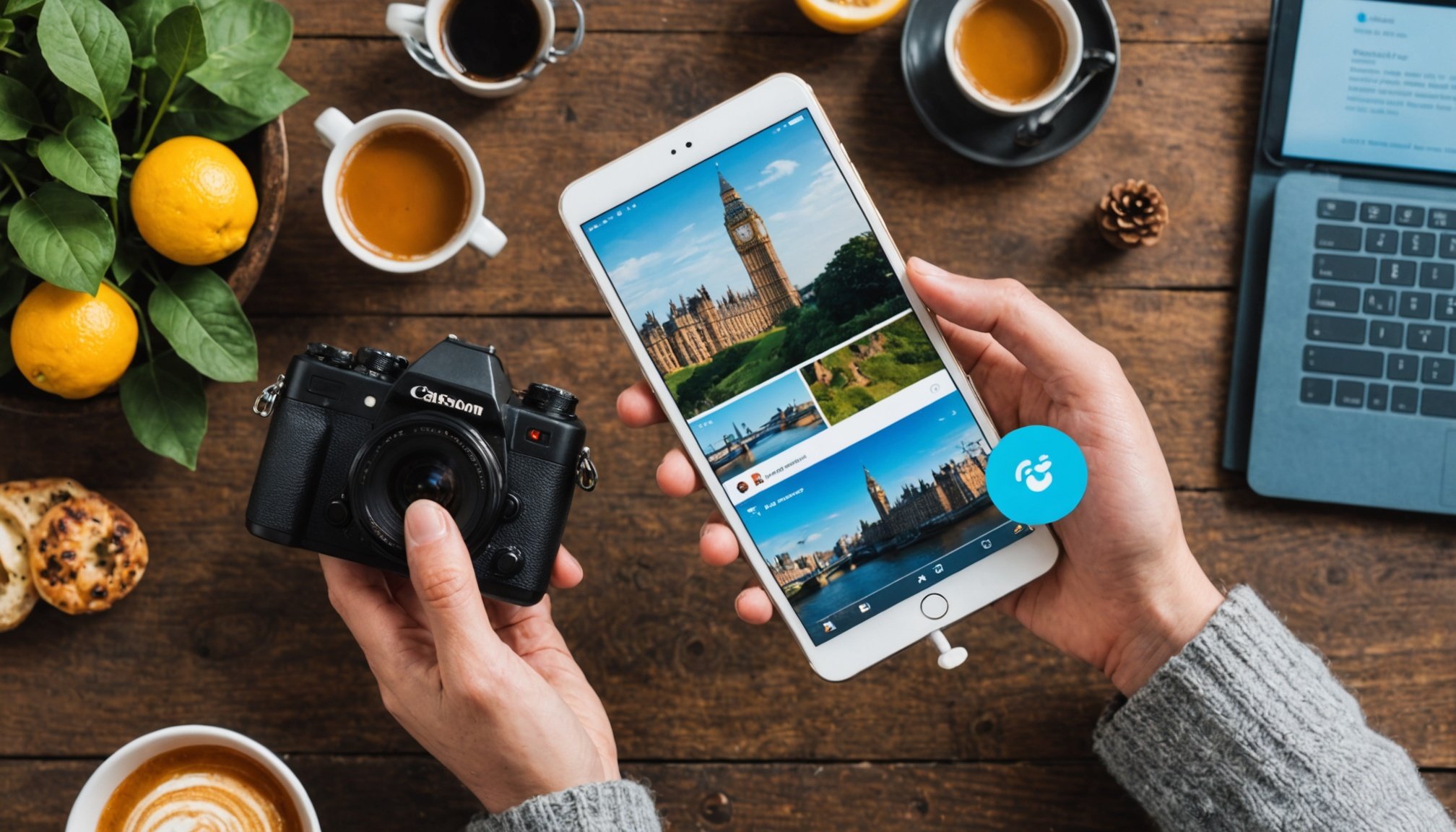Unlocking Potential: Innovative Tactics for UK Tourism Boards to Harness the Power of Social Media Influencers
In the ever-evolving landscape of the tourism industry, social media influencers have emerged as a pivotal force in shaping consumer behavior and driving growth. For UK tourism boards, leveraging these influencers can be a game-changer, but it requires a strategic and innovative approach. Here’s how UK tourism boards can unlock the full potential of social media influencers.
Understanding the Power of Influencer Marketing
Influencer marketing has become an indispensable tool in the travel and tourism industry. With the global influencer market projected to be worth $24 billion by the end of 2024, it’s clear that this strategy is here to stay[3].
Also read : Unlocking success: the ultimate compliance handbook for uk online advertising standards
Why Influencer Marketing Matters
Influencers offer a unique ability to connect with potential travelers in an authentic and engaging way. By partnering with influencers who align with the brand’s values and target audience, tourism boards can reach a broader and more engaged audience. For instance, a study found that 84% of people turn to travel influencers for recommendations on trips, highlighting the significant influence these individuals can have[5].
Key Benefits of Influencer Marketing
- Authentic Engagement: Influencers create content that resonates with their followers, often in a more relatable and trustworthy manner than traditional advertising.
- Content Creation: Influencers can produce high-quality content that highlights the experiences and attractions of a destination, driving interest and bookings.
- Cost-Effective: Affiliate marketing, a subset of influencer marketing, allows affiliates to earn commissions only when they drive bookings, making it a cost-effective way to expand reach[2].
Selecting the Right Influencers
Choosing the right influencers is crucial for the success of any influencer marketing campaign. Here are some key considerations:
Also to read : Developing an effective employee training blueprint for uk smes: a path to success
Micro Influencers vs. Macro Influencers
- Micro Influencers: These influencers have a smaller but highly engaged audience. They often have higher engagement rates and can be more cost-effective.
- Example: A micro influencer with 10,000 followers might have an engagement rate of 5%, compared to a macro influencer with 1 million followers and an engagement rate of 1%.
- Macro Influencers: These influencers have a large following and can provide broad reach, but they may be more expensive and have lower engagement rates.
- Example: Partnering with a macro influencer for a campaign can reach a million people, but the cost and the authenticity of the engagement might be compromised.
Criteria for Selection
- Alignment with Brand Values: Ensure the influencer’s values and content align with those of the tourism board.
- Audience Demographics: The influencer’s audience should match the target demographics of the tourism board.
- Ethical Conduct and Transparency: With 43% of European marketers considering ethical conduct and transparency key criteria, it’s essential to choose influencers who maintain high standards[3].
Creative and Digital Marketing Strategies
To maximize the impact of influencer marketing, UK tourism boards should integrate it with other creative and digital marketing strategies.
Content Creation and Distribution
- Blog Content: Creating useful blog content such as travel tips, destination guides, and seasonal travel ideas can inspire and inform potential travelers. Sharing this content on social media can further amplify its reach[5].
- Video Content: Videos have immense storytelling potential and can bring destinations to life. Platforms like YouTube, Instagram, and TikTok are ideal for sharing video content.
- Example: A video showcasing the highlights of a destination, such as London’s iconic landmarks or the scenic beauty of the Lake District, can provoke wanderlust and drive bookings.
Social Media and Technology
- Social Media Algorithms: Understanding and working with social media algorithms is crucial. Consistent posting and regular interactions with followers can boost visibility and engagement.
- Artificial Intelligence (AI): AI tools can transform content creation and management. For instance, AI can help in analyzing data to identify the most effective content types and audience segments[5].
Leveraging Local and Global Data
Data analytics plays a critical role in optimizing marketing strategies and ensuring they are effective.
Using Data to Target Audiences
- Demographic Data: Analyzing demographic data can help in creating targeted campaigns that reach specific audiences based on their interests and behaviors.
- Behavioral Data: Understanding how potential travelers interact with content can help in tailoring marketing strategies to their preferences.
- Example: Amadeus harnesses in-depth travel data analytics to help destinations reach highly-targeted audiences and make their marketing spend more effective[4].
Integrating Influencer Marketing with Other Channels
Influencer marketing should not be used in isolation; it should be integrated with other marketing channels for maximum impact.
Public Relations and Collaborative Campaigns
- Collaborative Campaigns: Working with local tourism boards and destination marketing organizations (DMOs) can help in promoting regional attractions through collaborative campaigns.
- Example: Partnering with DMOs on campaigns that highlight regional attractions can be done at a lower cost than traditional advertising and can lead to direct bookings[2].
- Public Relations: Influencer marketing can be complemented with public relations efforts to ensure a cohesive brand message.
- Example: Hosting a fireside chat with influencers and industry professionals can provide valuable insights and build relationships that can be leveraged in future campaigns.
Managing User Fatigue and Ensuring Authenticity
As the influencer market becomes increasingly saturated, managing user fatigue and ensuring authenticity are critical challenges.
Addressing User Fatigue
- Quality Over Quantity: With 17% of respondents citing audience changes as a crucial stumbling block due to disillusionment with social media platforms, it’s essential to focus on quality content rather than quantity[3].
- Added Value: Ensuring that the content provides added value to the audience, such as unique experiences or insider tips, can help in maintaining engagement.
Ensuring Authenticity
- Transparency and Ethics: With 43% of European marketers considering ethical conduct and transparency key criteria, it’s vital to select influencers who maintain high standards of authenticity and transparency.
- Quote: “Authenticity continues to be one way to resonate with consumers, but it’s not always easy to pull this off seamlessly,” highlights the importance of genuine content in influencer marketing[3].
Practical Insights and Actionable Advice
Here are some practical insights and actionable advice for UK tourism boards looking to harness the power of social media influencers:
Building Long-Term Relationships
- Long-Term Partnerships: Building long-term relationships with influencers can lead to more authentic and consistent content over time.
- Example: Working with an influencer for multiple campaigns can help in creating a cohesive brand message and building trust with the audience.
Encouraging User-Generated Content
- User-Generated Content (UGC) Campaigns: Encouraging satisfied clients to share their experiences on social media can build trust and credibility.
- Example: Creating a hashtag campaign where travelers share their photos and videos can generate a wealth of authentic content that can be repurposed by the tourism board.
Table: Comparing Different Influencer Marketing Strategies
| Strategy | Description | Benefits | Challenges |
|---|---|---|---|
| Micro Influencers | Partner with influencers having a smaller but highly engaged audience. | Higher engagement rates, cost-effective. | Limited reach compared to macro influencers. |
| Macro Influencers | Partner with influencers having a large following. | Broad reach, high visibility. | Higher costs, lower engagement rates. |
| Affiliate Marketing | Affiliates earn commissions for driving bookings. | Cost-effective, broader audience reach. | Requires careful selection of affiliates to ensure brand integrity. |
| Content Creation | Create engaging content such as blog posts, videos, and social media posts. | Inspires and informs potential travelers, drives bookings. | Requires consistent effort and high-quality content. |
| Social Media Algorithms | Understand and work with social media algorithms to boost visibility. | Increased engagement and reach. | Constantly evolving algorithms require ongoing adaptation. |
| User-Generated Content | Encourage satisfied clients to share their experiences. | Builds trust and credibility, authentic content. | Requires active engagement and encouragement from the tourism board. |
Harnessing the power of social media influencers is a multifaceted strategy that requires careful planning, execution, and integration with other marketing channels. By selecting the right influencers, creating high-quality content, leveraging data analytics, and ensuring authenticity, UK tourism boards can unlock significant growth in the travel and tourism industry.
Final Thoughts
In the words of a marketing expert, “Influencer marketing is not just about reaching a large audience; it’s about creating meaningful connections that drive real results.” By embracing these innovative tactics, UK tourism boards can not only stay ahead in the competitive global tourism landscape but also provide travelers with inspiring and authentic experiences that leave a lasting impression.











